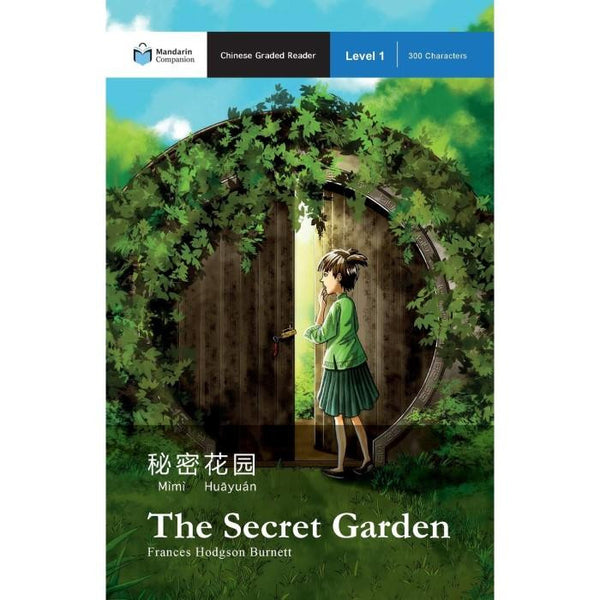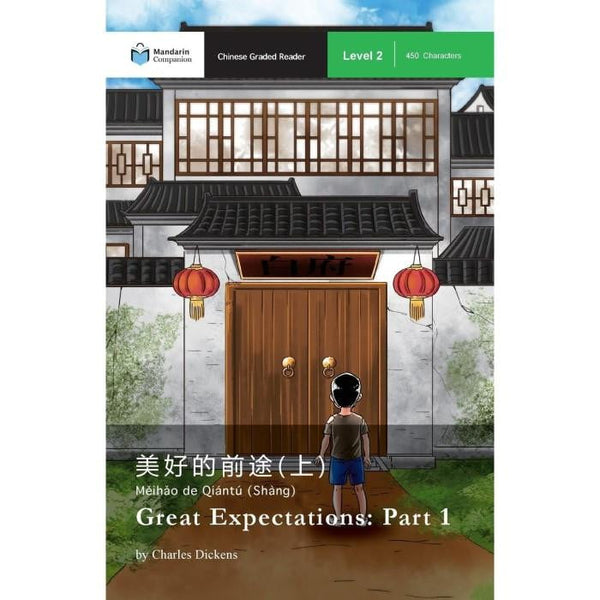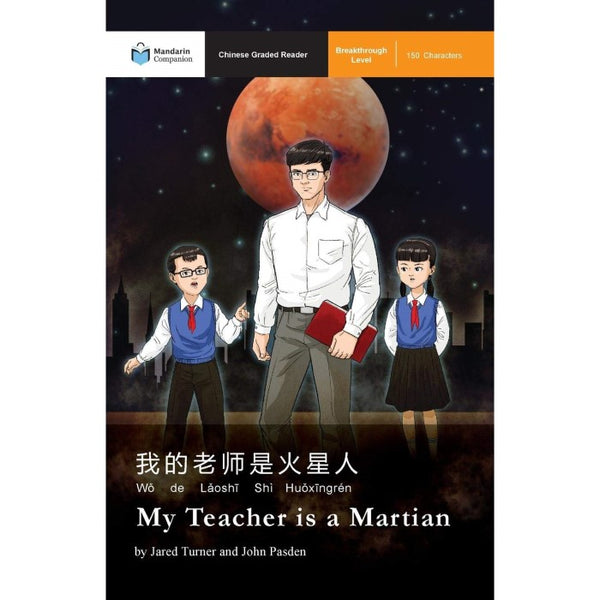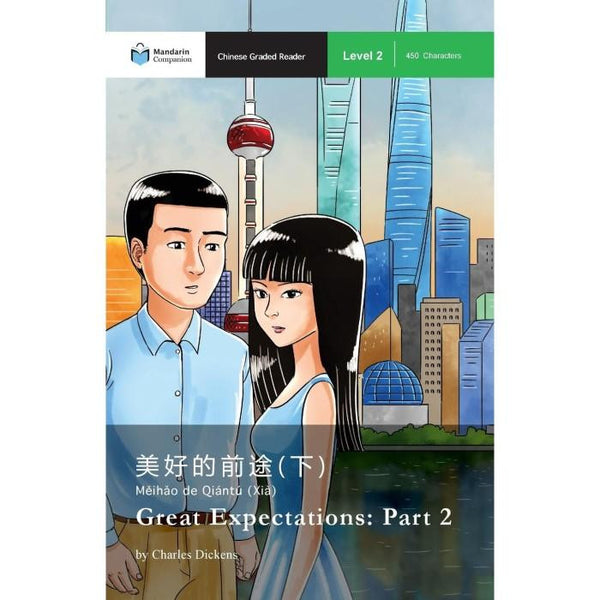Tags: chinese , chinese-english , chinese-simplified , educational , graded-reader , HSK , HSK4 , intermediate , learning , pinyin
The Monster of Black Wind Mountain : A Story in Simplified Chinese and Pinyin, 1200 Word Vocabulary Level
- Author: Jeff Pepper & Xiao Hui Wang
- Availability: 1 In Stock
- ISBN: 978-1-73316-502-0
CHF 15.40
In this, the 7th book in our Journey to the West series, we tell the story of the first few months of the journey itself. Tangseng is accompanied by his disciple, the short-tempered Monkey King Sun Wukong. They first encounter...
In this, the 7th book in our Journey to the West series, we tell the story of the first few months of the journey itself. Tangseng is accompanied by his disciple, the short-tempered Monkey King Sun Wukong. They first encounter a mysterious river-dwelling dragon, then run into serious trouble while staying in the temple of a 270 year old abbot. Their troubles deepen when they meet the abbot's friend, a terrifying black bear monster.
This book is based on Journey to The West (西游记, xī yóu jì), an epic novel written in the 16th Century by Wu Chen'en. The novel is loosely based on an actual journey by the Buddhist monk Tangseng (called Xuanzang and Sanzang in earlier books), who traveled from the Chinese city of Chang'an westward to India in 629 A.D. and returned 17 years later with priceless knowledge and texts of Buddhism. Over the course of the book the band of travelers face the 81 tribulations that Tangseng had to endure to attain Buddhahood.
All of the stories in this series are all written in simple language suitable for intermediate Chinese learners. Our core vocabulary for this book is 1,200 words, made up of the 600 words of HSK-3 plus another 600 or so words that were introduced in the previous books of the series. These words are all in the glossary at the back of the book. Whenever we introduce a new word or phrase, it's defined in a footnote on the page where it first appears, and also appears in the glossary.
In the main body of the book, each page of Chinese characters is matched with a facing page of pinyin. This is unusual for Chinese novels but we feel it's important. By including the pinyin, as well as a full English version and glossary at the end, we hope that every reader, no matter what level of mastery they have of the Chinese language, will be able to understand and enjoy the story we tell here.
Pages: 200











